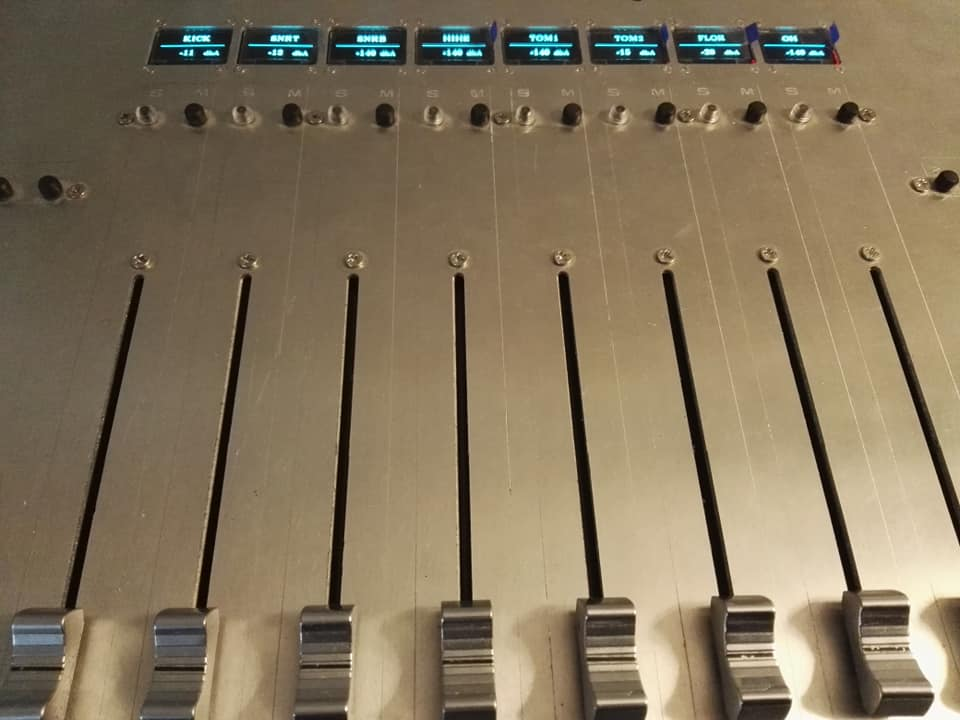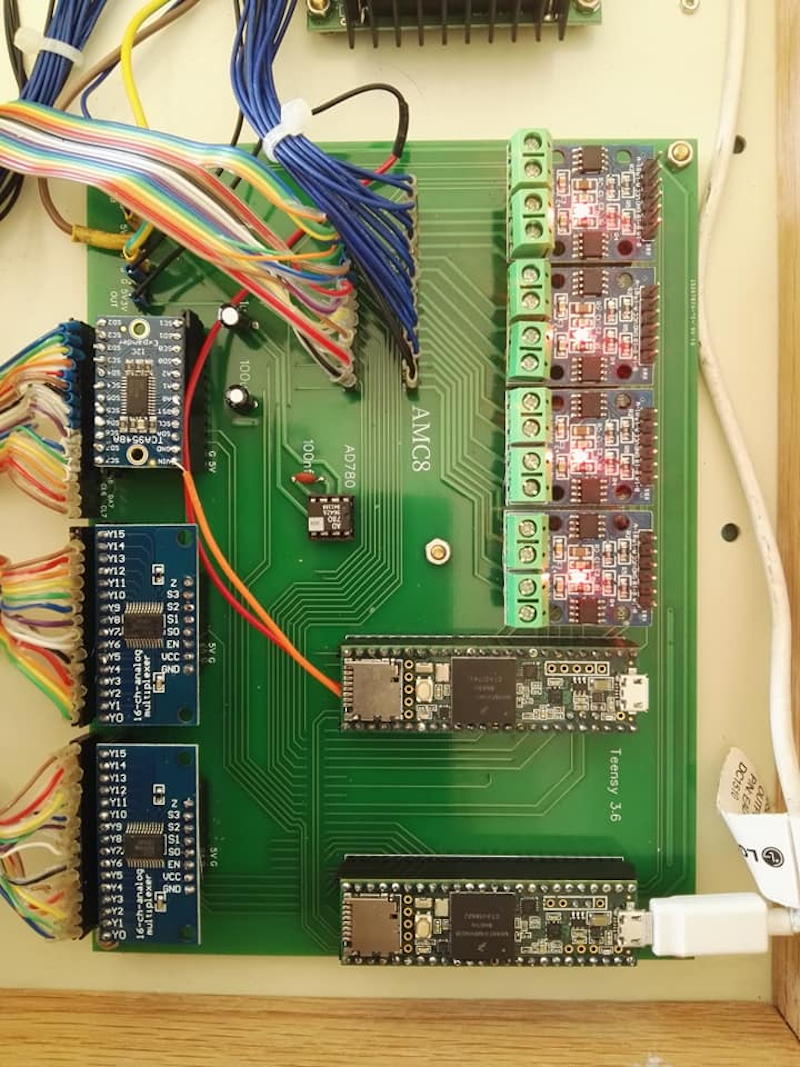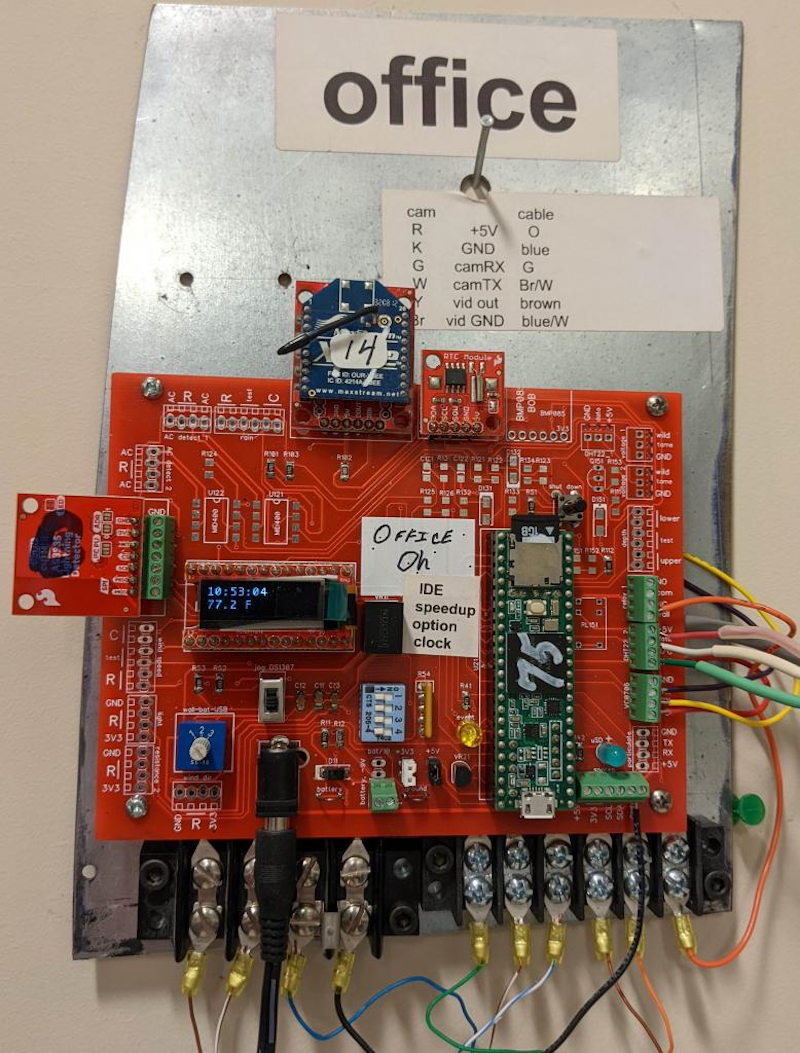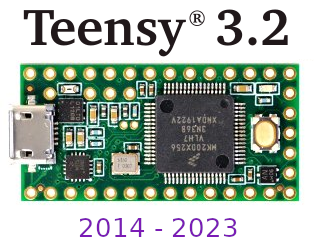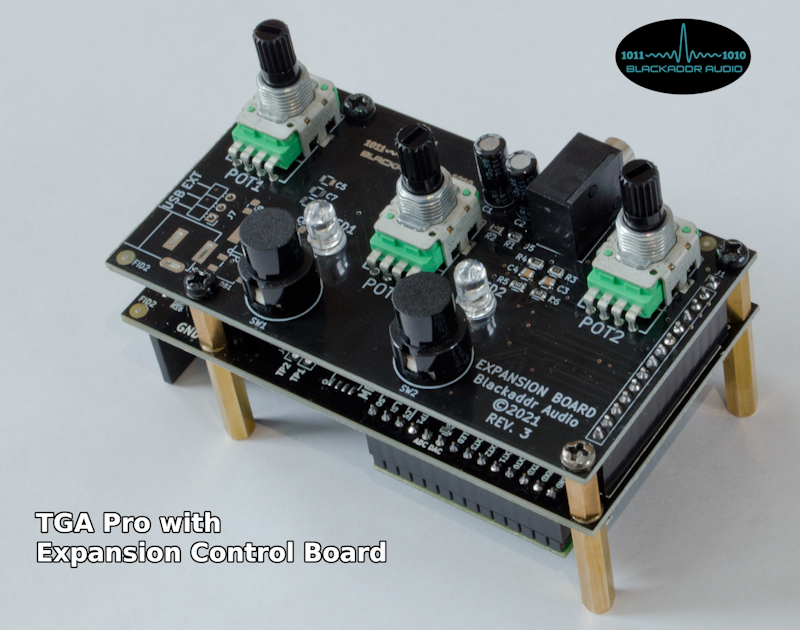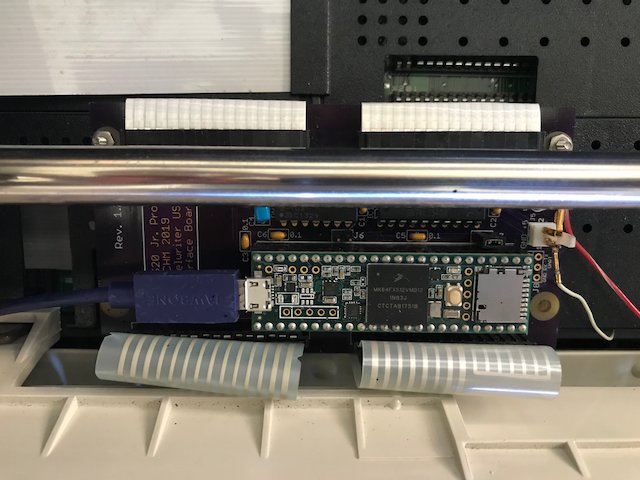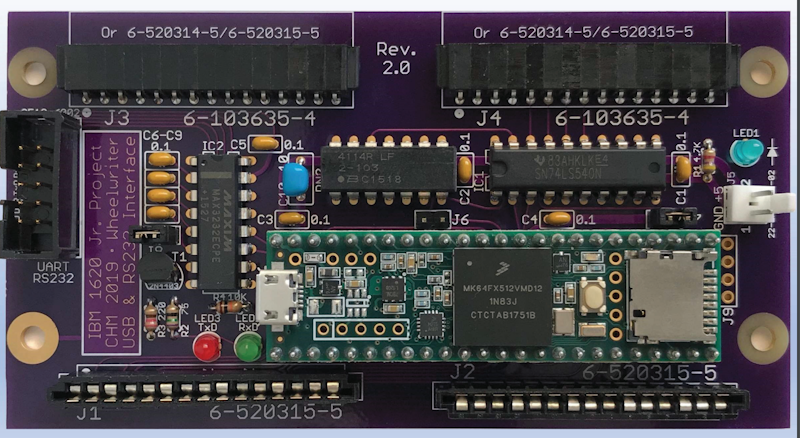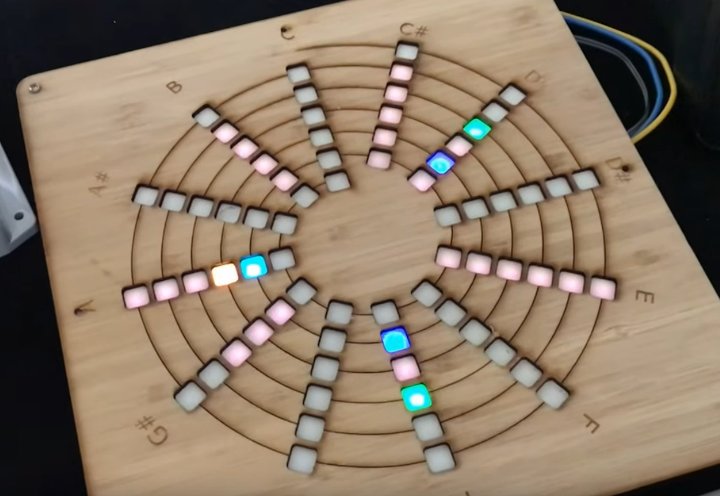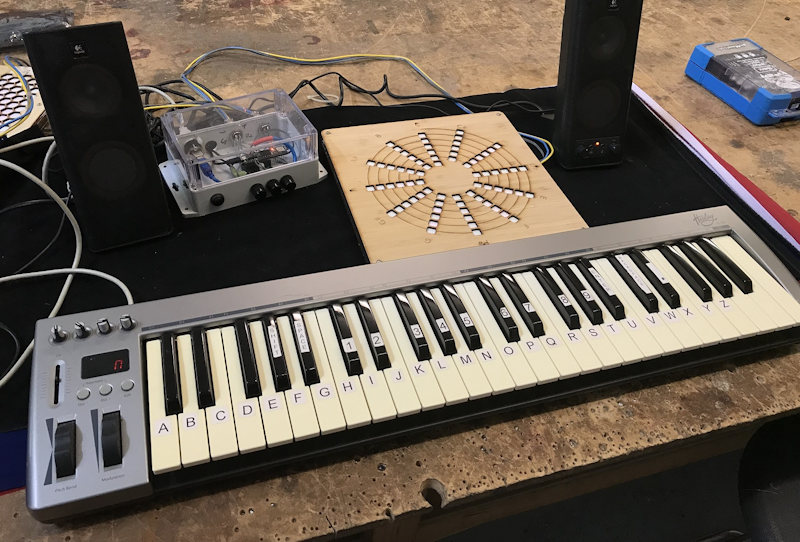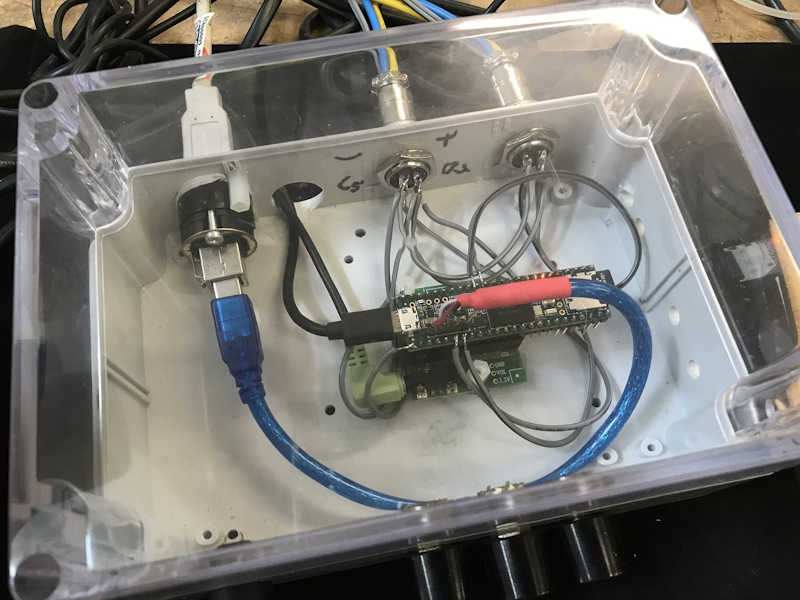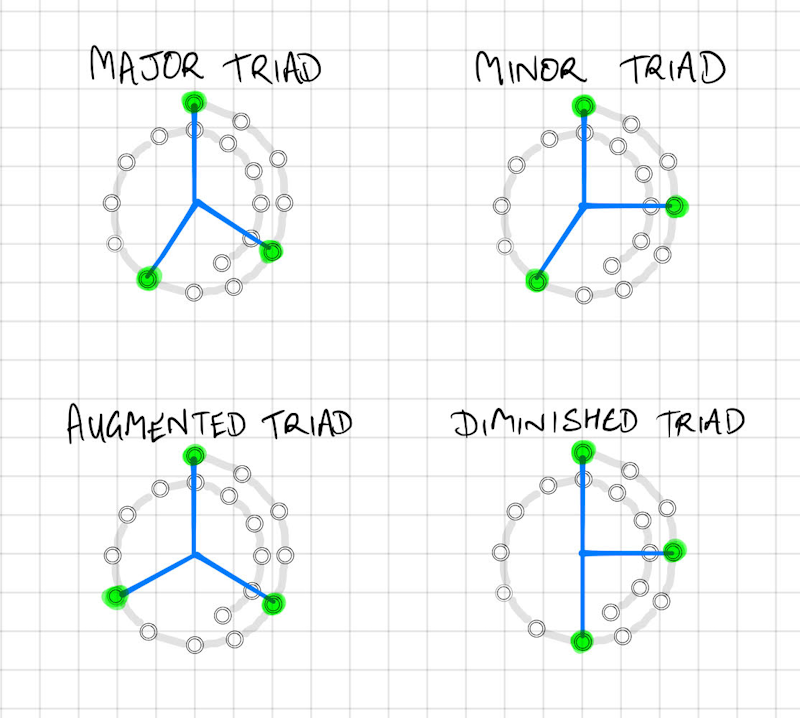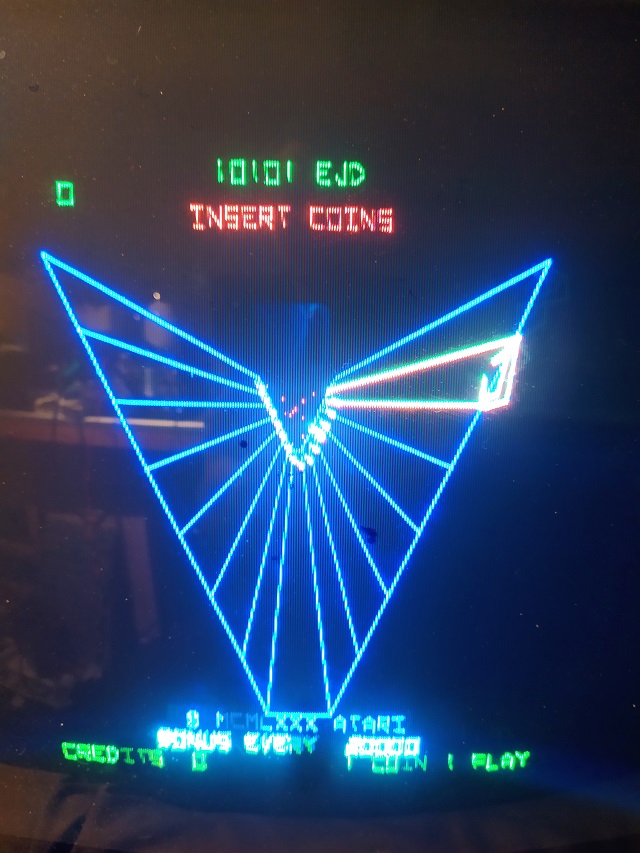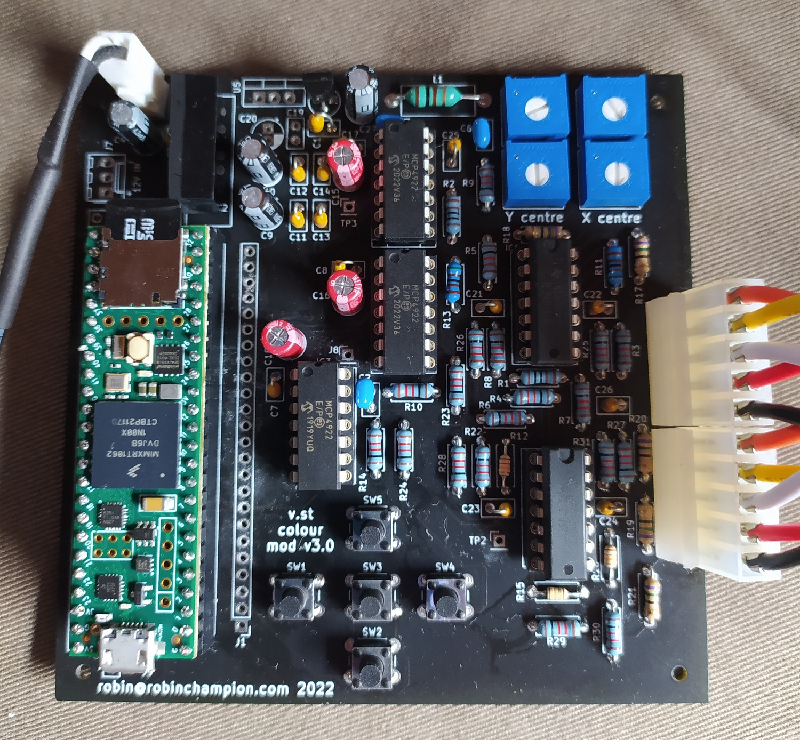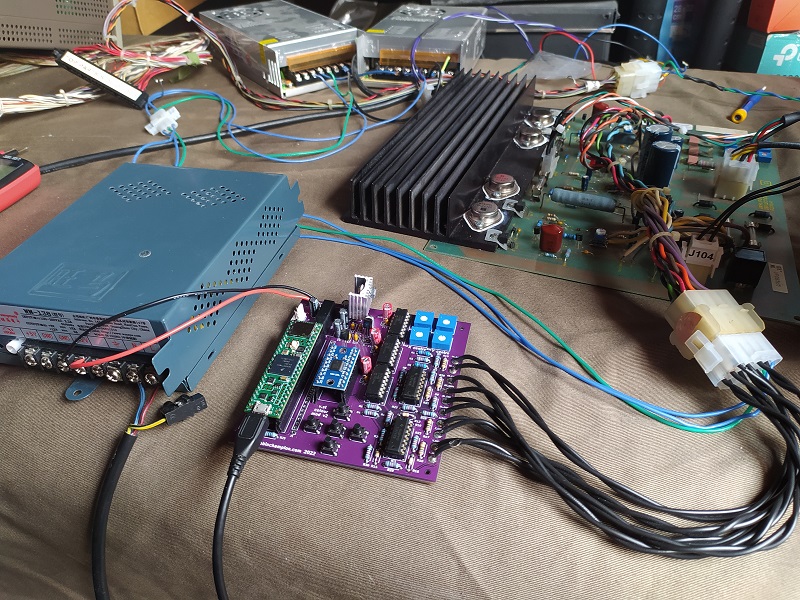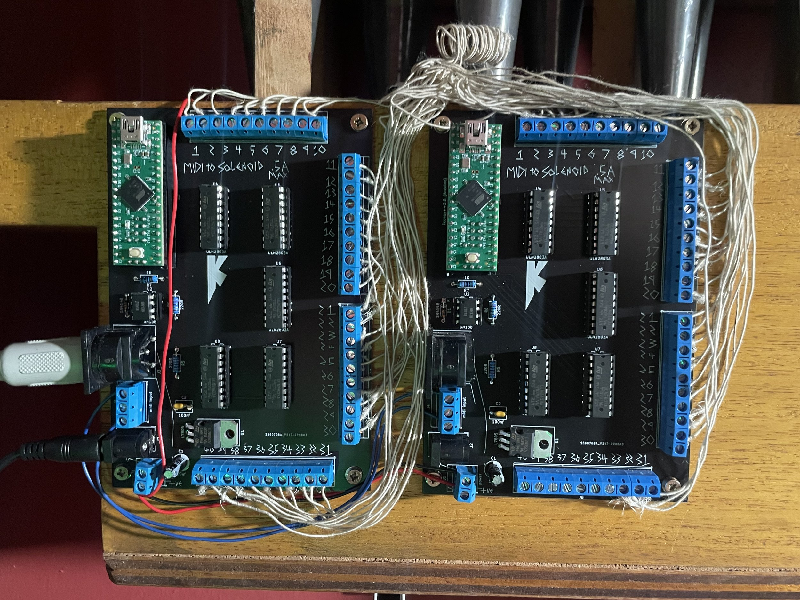While the Teensy 4.1 includes a 5-pin USB host header, the smaller 4.0 board, which intrinsically supports the same USB host functionality, exposes bottom-side pads to do so.
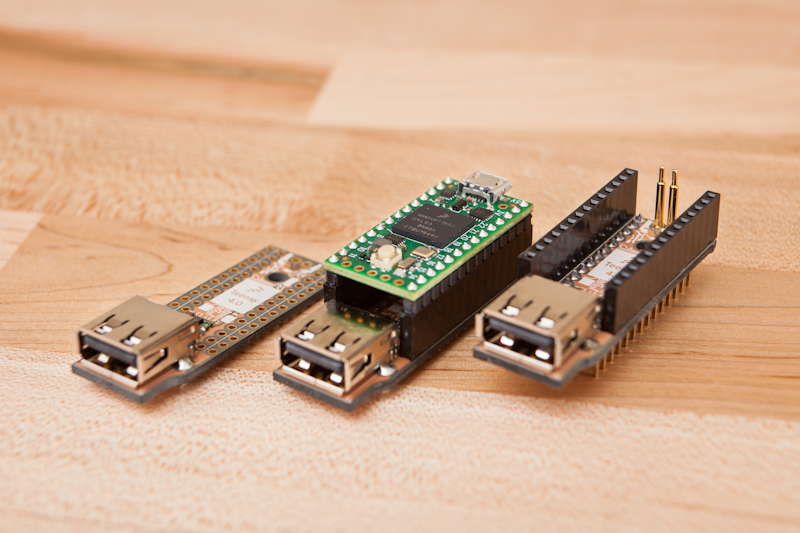
The Teensy 4.0 also foregoes the current-limiting circuitry that allows the safe hot-swapping of USB devices. Enter the Teensy 4.0 Minimalist USB Host Shield, the creation of Dave Madison aka Parts Not Included.
The Minimalist USB Host Shield (hereon: MUHS) adds a soft-start current limiter, allowing the host port to slowly ramp up current and handle small surges. It also features ESD protection, a power-conditioning LC filter, and a 500 mA polyfuse to protect the attached Teensy board.
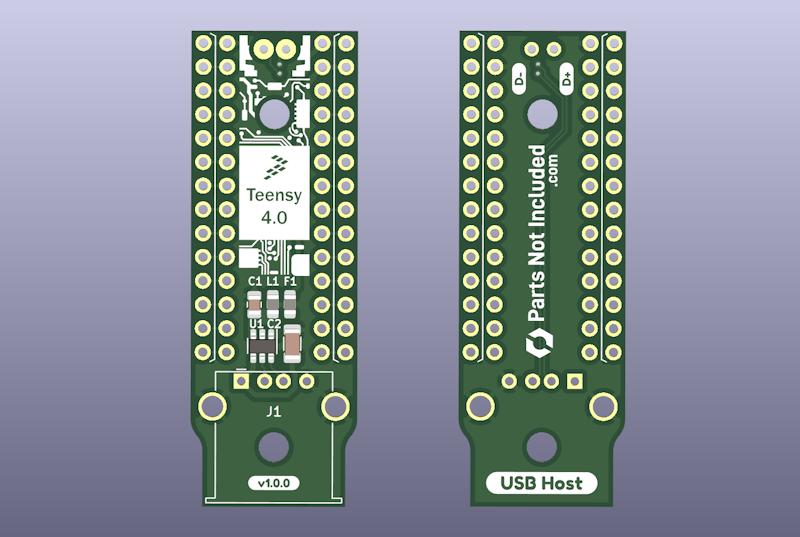
Using standard headers and 12mm pogo pins, all required pads can be connected without any soldering, and a second set of headers enables the resultant stack to be used for breadboarding. Two M3 holes facilitate case mounting of the unified USB unit. KiCAD files, Gerbers, and the complete BOM can be found in the MUHS GitHub repo, and our own USB Host Library is all you need to interface with any connected devices!
